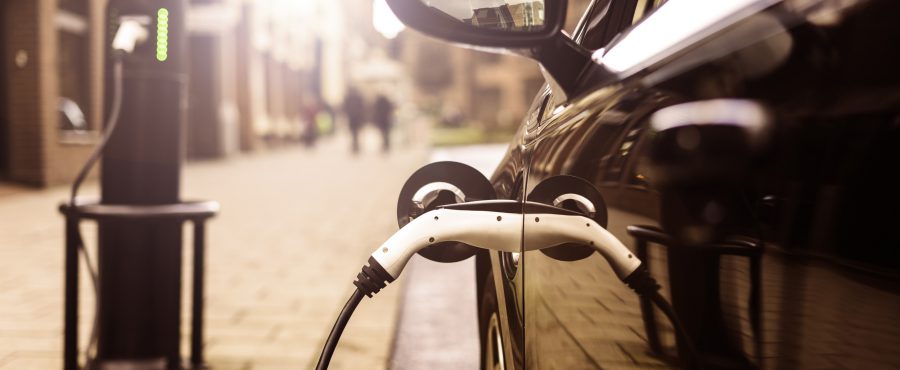
Electric cars tend to be presented as a “green” and low-emission means of transport. However, in practice electric cars’ impact on the environment depends on local conditions. One of the arguments for the development of electric buses and cars is the fact that their engines do not run on gasoline or diesel, so they do not emit any pollution.
However, to make the vehicle running you need to charge its batteries with electric power from the network. Thus, the emission figures of the local power generation system actually determines what the actual emission of electric transport is.
Coal mix
According to reports of Polskie Sieci Elektroenergetyczne, a state-owned electricity transmission company, in 2017 bituminous coal-run power plants produced 50.02 per cent of Poland’s electric power, while lignite-run power plants – 31.49 per cent. This amounts to 81.51 per cent of electric power generated in PolandI)http://energetyka.wnp.pl/miks-energetyczny-polski-mniej-wegla-wiecej-gazu,307787_1_0_0.html. Admittedly, coal share in electricity generation will continue to rather fall but for decades high-emission coal will remain Poland’s primary raw material for power generation. The flagship electric car, Tesla’s Model S, to drive 100 km needs about 20 kilowatt hours of electricityII)http://elektrowoz.pl/porady/ile-pali-samochod-elektryczny-ile-energii-zuzywa-tesla-model-s-podczas-jazdy-forum/. With an utterly theoretical assumption of 100 per cent effectiveness of a coal-run power plant and a high quality of the coal, one kilowatt hour will be generated out of 0.144 kg of coalIII)https://energiadirect.pl/poradniki/mwh-czyli-ile-wegla-potrzeba-spalic-w-elektrowni. This means that to drive 100 kilometres an electric car charged in Poland must burn at least 2.88 kg of coal. With the coal power share of 81.51 per cent in Poland, each 100 kilometres driven by an electric car use 2.3 kg of burnt coal. Naturally, this is only theory because the effectiveness of coal-run power plants is at least two or sometimes even three times lower. Thus, in practice, the needed quantity of coal should be multiplied by 2.5.
Kilograms each year, clean air
Results of a survey carried out by Ibris upon request of Santander Consumer Bank indicate that 71 per cent of Polish drivers drive about 20 thousand kilometres each year. This means that an electric car charged in Poland will consume, on average, at least 460 kilograms of coal a year (theoretically assuming a high calorific value and efficiency of furnaces), though in practice this will be well above a tonne. Thus, one cannot speak about zero-emission electric vehicles in Poland.
This, however, does not mean that there are no benefits compared to vehicles with combustion engines. The emission moves from the exhaust pipe to the power plant’s chimney. Even coal-run power plants must have high quality filters and installations cleaning the fumes off from sulphur oxides, nitrogen oxides and other harmful substances.
Popularization of electric transport will allow concentration of pollution in power plants, instead of distributing it among tens of thousands of combustion engines emitting fumes in cities. Both the lower level of emitted noise and the absence of a combustion engine are particularly attractive in cities, especially among utility companies and metropolitan transportation companies.
Therefore, though electric vehicles are not completely clean, due to the possibility of shifting the emission, they are actually friendlier to the environment they drive in.
| I. | ↑ | http://energetyka.wnp.pl/miks-energetyczny-polski-mniej-wegla-wiecej-gazu,307787_1_0_0.html |
| II. | ↑ | http://elektrowoz.pl/porady/ile-pali-samochod-elektryczny-ile-energii-zuzywa-tesla-model-s-podczas-jazdy-forum/ |
| III. | ↑ | https://energiadirect.pl/poradniki/mwh-czyli-ile-wegla-potrzeba-spalic-w-elektrowni |




